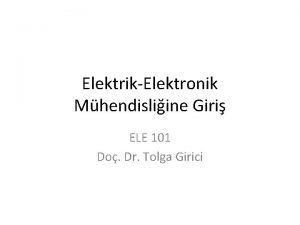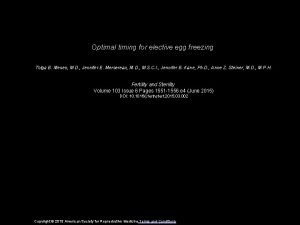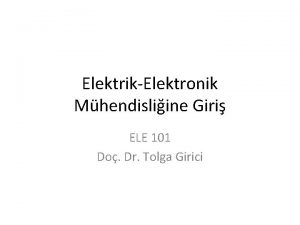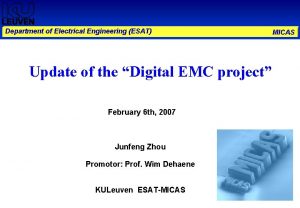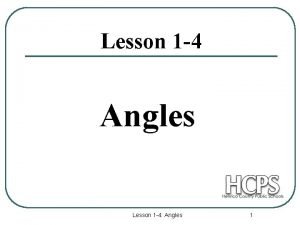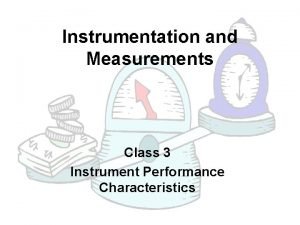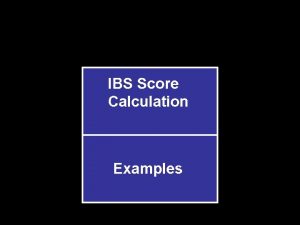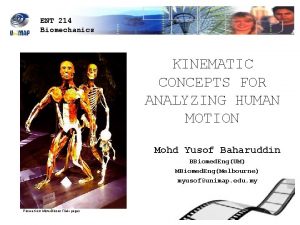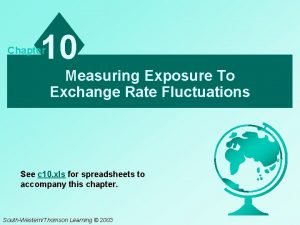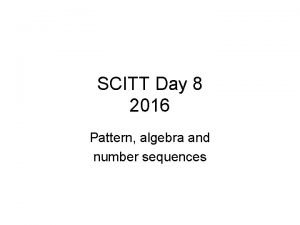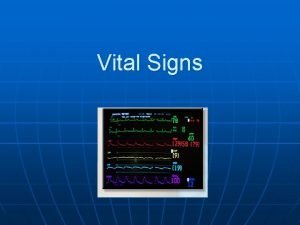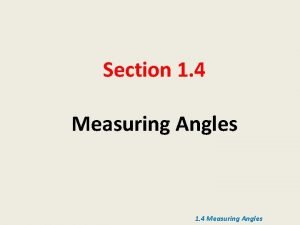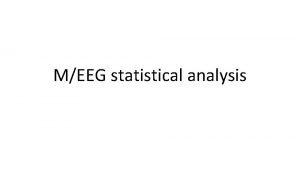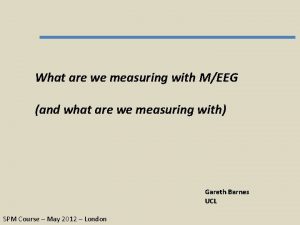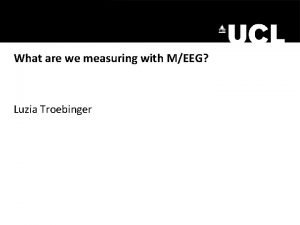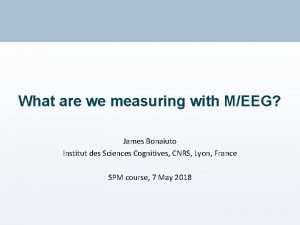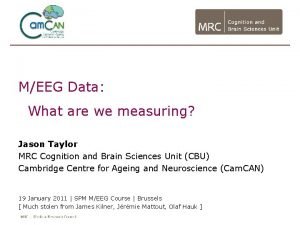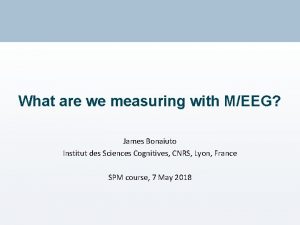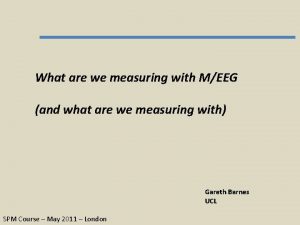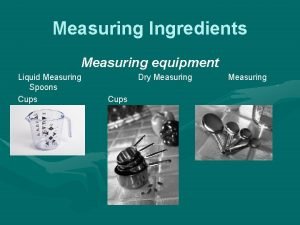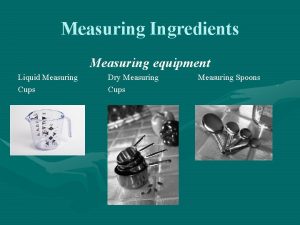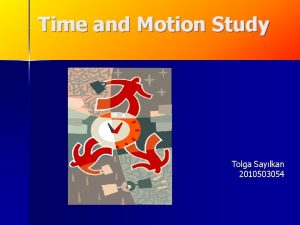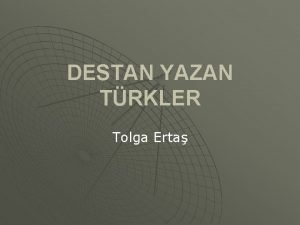What are we measuring with MEEG Tolga Esat






































- Slides: 38

What are we measuring with M/EEG? Tolga Esat Özkurt tolgaozkurt@gmail. com METU Graduate School of Informatics, Ankara SPM Course, May 20, 2019

Electro Encaphalo Graphy ? EEG 2

Magneto Encaphalo Graphy ? MEG 3

EEG (1929) Hans Berger (1873 – 1941) MEG (1968) David Cohen (1930 – ) 4

What do we obtain at the end of acquisition? Gao et al. , 2015 Spatial distribution of MEG averaged responses

Manipulated Raw signals Cohen, 2011 Fries, 2008

Why EEG and MEG ? • High temporal resolution • To capture direct brain activity and dynamics • Noninvasive and practical • Only tools to capture abnormal brain activity in neurological diseases such as epilepsy, Parkinson’s and schizophrenia 7

A brief history of electrophysiology Hans Berger: Discovered EEG (1924) Alessandro Volta (1745 -1827): source is not the frog but the scalpel Charles Ray & Charles Sherrington : stimulated dog brain, brain regionally specialized (1890) David Cohen: Measured first MEG at MIT (1968) Luigi Galvani (1737 -1798) : galvanic limb experiment 8

From neural activity to data • Synaptic neuronal activity causes electrical currents within the cell • A postsynaptic potential (PSP) emerges with action potential (change of membrane potential) • PSP: Excitatory & Inhibitory – The former might induce AP in the receiving neuron depending its synaptic input • Dipole: Representation of concentrated “primary current” produced by PSPs • Thousands of pyramidal neurons need to activate to “produce” dipoles and sensed by EEG and MEG Dipole Q @ r. Q Lopes da Silva, 2013 9

Oostenveld, 2009 thousands of synchronously activated large pyramidal cortical neurons leading to postsynaptic potentials at the dendrites (local field potentials)

Dialectics of neural oscillations Neural activity (single neuron action potentials) Spatial average over many neurons Summation of (excitatory / inhibitory ) postsynaptic potentials Oscillations (alpha, beta, gamma etc. ) Measured by LFP / EEG / MEG sensors 11

Forward problem • It is 1 -1 mapping Truth is assumed to be known ontological B= L j B : data L: “leadfields” j : brain sources Data are computed by this assumption 12

Forward problem • Calculate the magnetic fields (MEG) and electrical potentials (EEG) (outside the head and on the head surface) from a given primary source distribution within the brain n. Source nthe conductivity medium n. Magnetic field n Electrical potential 13

Source and data spaces data (M× 1) Leadfield vector @ r’ (they do not change with time) Source @ r’ noise - Current components orthogonal to the leadfield do not contribute data! - Whose dimension is bigger, data space or source space? 14

Maxwell equations • B and E vary in time slowly (below 1 KHz) • It is convenient to use quasistatic approximation of Maxwell equations to describe it We are interested in primary currents Jp(r) 15

Extracellular Primary currents Intracellular Biot-Savart law 16

Unbounded homogenous medium • It is observed that in the homogenous space, the total current can be replaced by the primary current density only. • The volume (ohmic) current σ E does not contribute to neither B nor V, in this particular case. • Conductivity is constant everywhere • Simple enough but non-realistic Primary magnetic field Primary electrical potential 17

Piecewise homogenous conductor The assumption is that the head consists of contiguous regions (brain, Cerebrospinal fluid, muscles, skull, scalp, etc. ) which have constant isotropic conductivity i=1, …, M Conductivity on the inner side of Sij n 34 S 23 n 12 S 13 Conductivity on the outer side of Sij n 13 G 1, σ1 S 12 G 2, σ2 G 4, σ4=0 G 3, σ3 S 34 18

EEG Forward problem V 0 is the potential due to primary currents: One has got to insert the conductivities and solve (*) to compute V(r) numerically – a tedious way Once EEG forward problem is solved, the solution has to be given as input to the MEG forward problem Fortunately, some “head models” having specific geometries yield pretty adequate solutions for MEG forward problem! 19

Realistic head models • In reality, our heads are anisotropic, inhomogeneous, nonspherical • Anatomical information can be obtained from MRI, X ray to solve the piecewise homogenous medium • BEM, FEM • They require accurate “conductivity” parameters and hundreds of storage and a lot of time to solve! (Computationally expensive) 20

Spherically symmetric conductor for MEG • G is bounded and spherically symmetric with respect to the origin • Assume surfaces Sij are concentric spheres • The magnetic field is not affected from concentric conductivities, which makes MEG a powerful tool to identify the primary currents • If Q is radial then Q x r. Q. r = 0 U=0, B(r)=0; that is if the source dipole is radial then B outside of G vanishes. • MEG is sensitive to only tangential components of the primary source density (Attention: only for ‘spherical’ heads – but our heads are not spheres!) • The forward solution with this model is reported to be pretty adequate for accuracy radial source tangential source Sarvas’ formula Sarvas , Phys. Med. Biol. , 1987 21

EEG & MEG • They both provide projections of primary source currents • Their sensitivity to current orientations differ • Instrumentation for MEG is much more expensive • Conductivities do not affect magnetic field as much as potential – hence MEG forward problem is easier to compute and better in accuracy • MEG is quicker and more practical to apply • MEG is more convenient and better for localization of epilepsy and Parkinson • They are in general complementary tools Hämäläinen et al. , 1993 22

Algebraic formulation • You need `orientation η and location r` for sensor and ‘orientation ϴ, location rq and magnitude q ’ for source to solve the forward problem: b(r)=a(r, rq, ϴ)q - There are M sensors and N sources - B is data, S is source and L is the leadfield matrix whose each column expresses the forward solution for one of the sources. 23

What is the forward problem for? • To obtain a model to identify source currents parameters in the brain, i. e. , inverse solutions • These parameters are mainly source magnitudes, locations and orientations Inverse Problem B s 24

Inverse problem • It is ill-posed (existence, uniqueness, stability may not hold) Truth is unknown s=? B : data L : leadfield s : brain sources n: noise epistemological Data is known assumptions are required B = L(s) + n 25

Can we really obtain all neuronal activity from M/EEG? • Physical and measurement based limitations • Sensitivity fades with the depth of the source • Remember: MEG might be blind or less sensitive to the currents in the radial direction • So you do not have the total information required to reconstruct an “exact” solution for neural sources Hillebrand Barnes, 2002 26

M/EEG Inverse Problem • M/EEG can localize neuronal activities using electromagnetic measurements with high temporal resolution • Its spatial resolution is limited by relatively small number of measurements and the physics behind • İll-posedness : different sources (neural distributions) may produce the same measurements • Solution: Force assumptions about the sources 27

May one see “deep” sources by M/EEG? Parkonen et al. , 2009 ABR: Auditory Brainstem Responses

How to see / magnify the “deep” brain sources? • SNR should be kept high with “averaging” over many trials • “Advanced” signal processing and filtering methods such as (Özkurt et al. , 2008, 2009) also may be applied • Employing “realistic head models” forward problem may enable to see deeper sources: • Hippocampus (Riggs et al. , 2008; Pu et al. , 2017) • Thalamus (Tesche et al. , 2002) • Cerebellum (Timmerman et al. , 2002; Martin et al. , 2006) • …

Are those deep signals “real” or artifacts? amygdala Hippocampus and thalamus Pizzo et al. , Deep brain activities can be detected with magnetoencephalography, Nature Communications, 2019.

Instrumentation for EEG and MEG 31


EEG Measures electrical potential differences Measures flux of magnetic fields On the scalp A few cm’s away from the scalp ~ 0. 1 -5 μV 10 -50 f. T Bipolar / monopolar Ag -Ag Cl electrodes SQUIDs, Type: Magnetometers / gradiometers Reference electrodes are used (nasion, linked mastoids, common No reference needed average) Skin preparation essential (abrasion and cleansing) Magnetically shielded room & helium tubes required Seated better Supine / seated 33

EEG electrodes and referencing Bipolar montage: Electrodes in pairs, potential differences obtained in each pair Monopolar montage: Potential differences obtained with respect to a reference electrode Zhang et al. , 2012 www. brainproducts. com 34

EEG MEG seated supine Baillet, 2010 35

Magnetically shielded room Made of aluminum and mu-metal shells Passively shields the environmental magnetic disturbances such as the ones stemming from elevators, electric motors, trains etc. Taulu et al. , 2014

MEG sensor types Magnetometer: Bz Axial gradiometer: d. Bz /dz Planar gradiometer: d. Bz /dx - MEG systems have their own sensor types -Magnetometers sense deep sources better; but they are noisier than gradiometers - Gradiometers are “good” to cancel out the noise -They eliminate homogeneous magnetic disturbances of distant external noise sources (For details, see Hamalainen, 1993: page 445) 37

Summing up… • M/EEG provide ms level high temporal resolution of brain activity • M/EEG signals are produced by tens of thousands of neuronal activations leading to sum of postsynaptic potentials • Predominantly cortical pyramidal neurons • MEG is less vulnerable to anisotropic brain conductivity • EEG is more sensitive to radial sources than MEG • They are produced by same electrical neural sources with different physical mappings and are complementary techniques • Forward models are necessary to pass from sensor level to source level
 Meeg definition
Meeg definition Insidan region jh
Insidan region jh Tolga bakkaloğlu
Tolga bakkaloğlu Dr tolga akman
Dr tolga akman Ele101
Ele101 Tolga soyata
Tolga soyata Tolga mesen
Tolga mesen Tolga baycan
Tolga baycan Tolga girici ele 202
Tolga girici ele 202 Cryptodin
Cryptodin Esat les glycines aubagne
Esat les glycines aubagne Prof dr esat arslan
Prof dr esat arslan Esat şanlı
Esat şanlı Fafo telatar
Fafo telatar Esat oktay yıldıran
Esat oktay yıldıran E-sat survey
E-sat survey Esat etupes
Esat etupes Employment services assessment
Employment services assessment Esat berekenen
Esat berekenen Esat arslan
Esat arslan Esat anrh
Esat anrh Why is heat energy needed to melt a solid
Why is heat energy needed to melt a solid Density = mass/volume
Density = mass/volume Chapter 16:4 measuring and recording respirations
Chapter 16:4 measuring and recording respirations Lesson 1-4 measuring angles answers
Lesson 1-4 measuring angles answers Zero drift examples
Zero drift examples Test unit 14 vital signs
Test unit 14 vital signs Ibs scoring
Ibs scoring Chapter 29 measuring vital signs
Chapter 29 measuring vital signs What is used for measuring mass
What is used for measuring mass Lesson 4 measuring angles
Lesson 4 measuring angles Measuring good governance
Measuring good governance A small amount of an ingredient equivalent to over 1/16
A small amount of an ingredient equivalent to over 1/16 Tools for measuring kinematic quantities
Tools for measuring kinematic quantities Measuring exposure to exchange rate fluctuations
Measuring exposure to exchange rate fluctuations Itp measuring cylinder
Itp measuring cylinder Measuring cloud computing costs
Measuring cloud computing costs Measuring and recording vital signs
Measuring and recording vital signs 1-4 measuring angles
1-4 measuring angles




